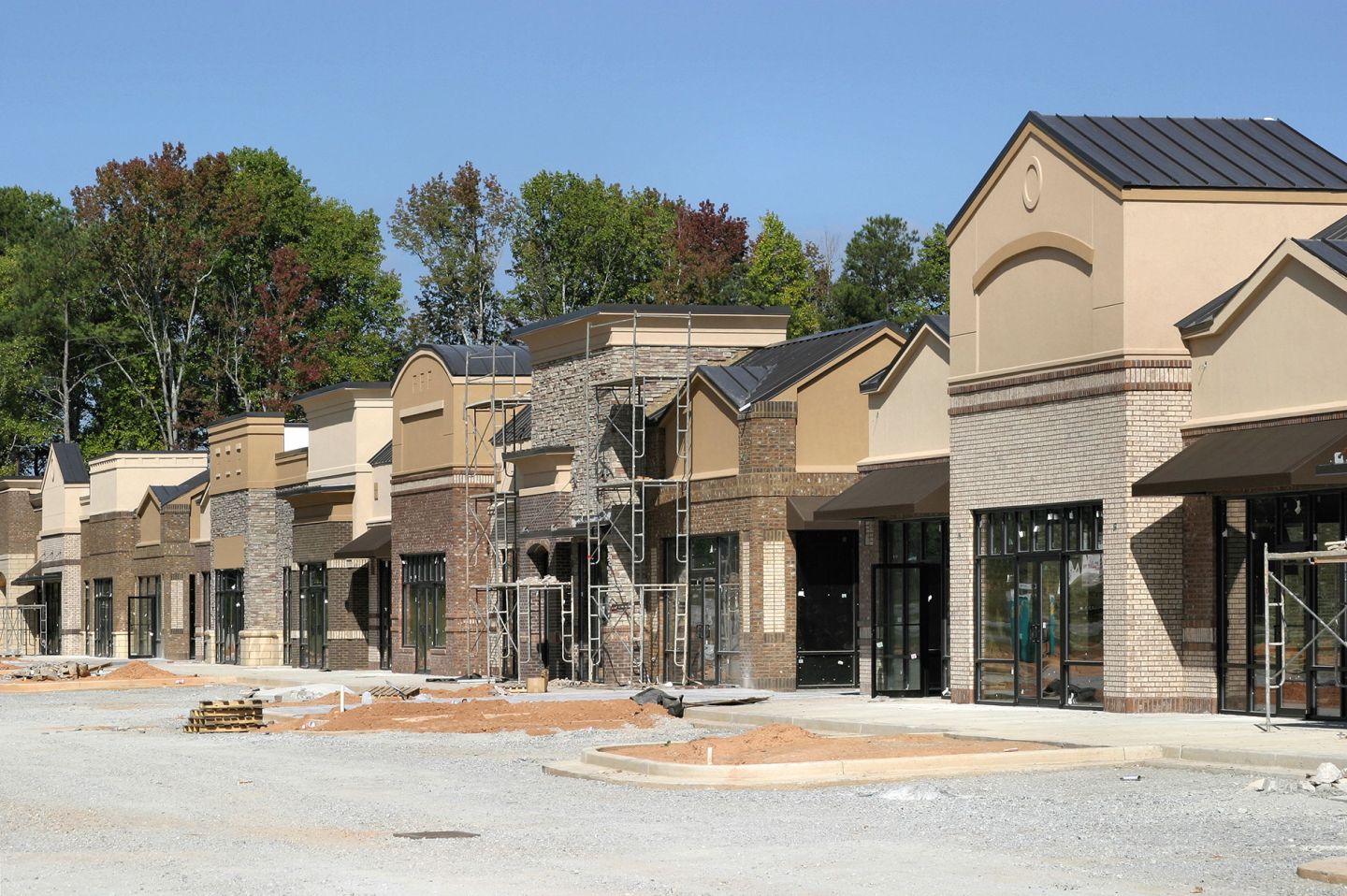By Bill R. Shelton, CEcD
For years, communities that wanted to attract an industry or a single business would carefully target the industry, such as manufacturing or retailing, or a specific business. This narrow approach to economic development is very common, but recently many communities have shifted to a broader target such as developers and investors to create greater economic opportunities and to spur growth.
By targeting and attracting high-impact developers and investors to achieve the community’s goals, the community is committing its backing and resources to a development strategy of a public sector/private sector partnership with these characteristics:
- A long-term relationship. These are partners that will require services and programs that will last longer than a year or two.
- A high-demand relationship. High-impact partners understand their value so they offer and will demand more.
- Barriers to profitability removed. Time is money to all developments and getting the certificate of occupancy and open is critical.
Attracting developers and investment constitutes commitments and demands on the community, but it also brings these benefits:
- Help initiate a new stream of high-impact developments. The community will gain more advantages to attract other high-impact and economic development opportunities.
- Add quality of life opportunities. By cooperating with and working with the partners, significant changes and upgrades in the culture and lives of the community can occur.
- Get to know and understand the needs of developers and investors better. The lessons learned will position the community to better attract additional high-impact opportunities.
Three Tips on How to Attract and Keep Developers and Investors
- Assemble land. The first and most important need seems obvious, but it is the most misunderstood. While the community does not have to own the land, it must control the property and can transfer control to the developer. No land, no development. If the land is small parcels for single retail stores or acreage for multiuse developments, don’t seek developers or investors unless you have assembled the property and can transfer it.
- Reach a consensus on how you want the land developed. If community members are in favor of the type of development leaders want, then the community has a much better chance of attracting development.
- Remove barriers to profitability. An increasingly important factor in projecting a pro-business image is:
- A one-stop shop for development permitting
- Clear rules and policies
- Fair pricing and fees
- A transparent, supportive process
- A vision and focus on the community’s future
Attracting high-impact developers/investors and engaging them in the community as full partners can be a force multiplier for the community to achieve its economic and quality of life goals. It expands the community’s capabilities, extends and broadens its vision and opens the possibilities of a new progressive image and brand.


